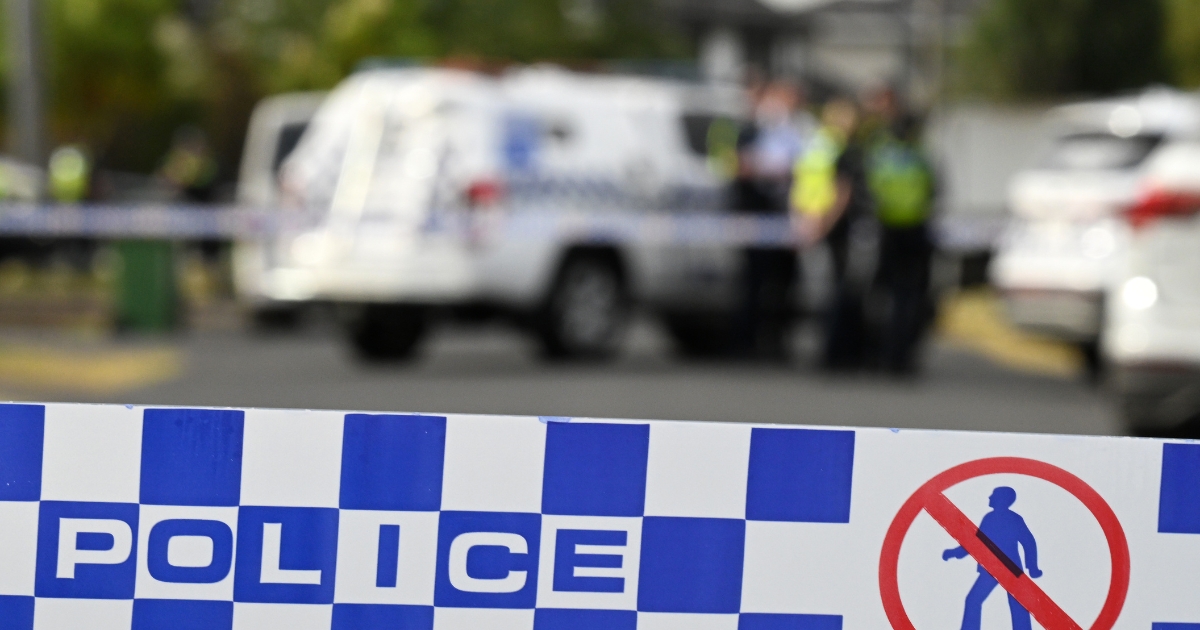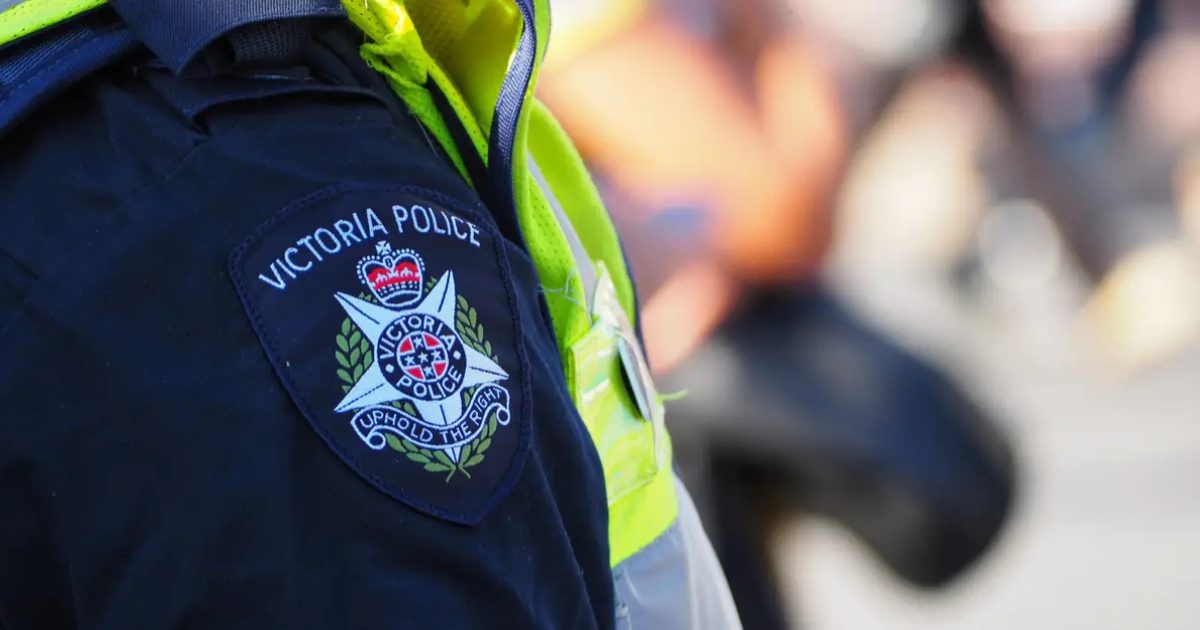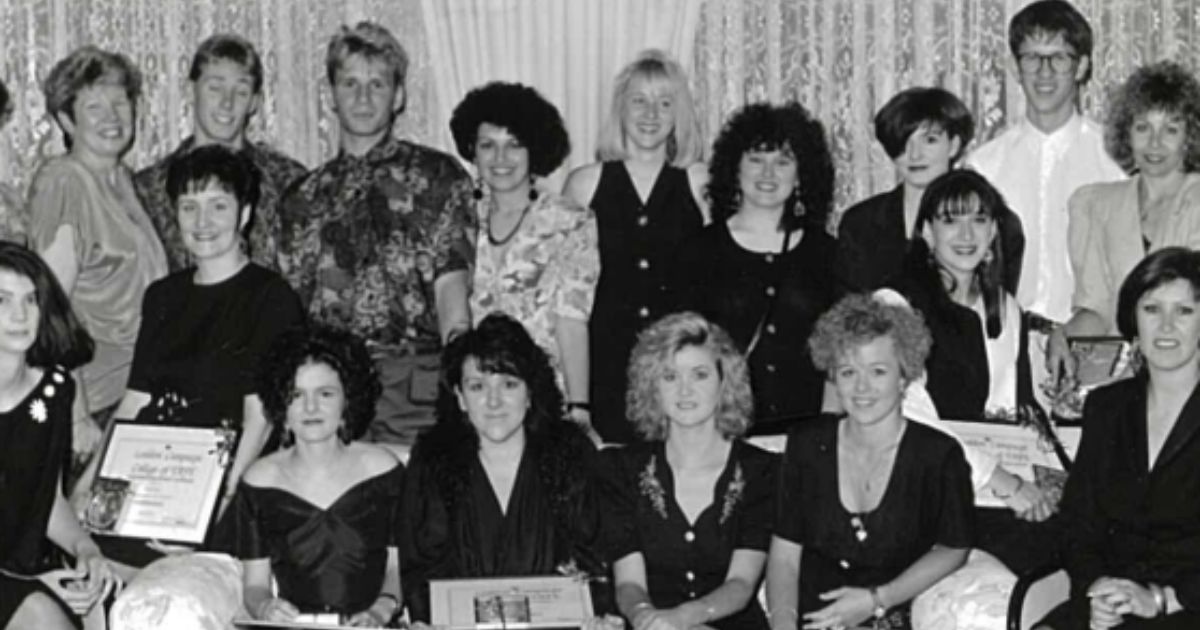COVID-19 restrictions to ease again

Cheers: hospitality venues across the state will be able to serve up to 300 as restrictions continue to ease. BY JAMES ROSS/ AAP IMAGE
VICTORIA will ease its COVID-19 restrictions further in time for the school holidays, with fifteen visitors allowed per home across the state.
The raft of new measures, which also features the return of crowds to sporting events, will be put in place for the next two weeks so people can plan their holidays with certainty.
The new restrictions will apply from 11.59pm on Thursday.
Funerals and weddings will be capped at 300 people, subject to density limits, and up to 50 people can gather outdoors.
Hospitality venues can serve up to 300 in Melbourne.
From this weekend, crowds can attend public events and outdoor stadiums with a limit of 50 per cent, or 25,000 people.
Theatres can open at 50 per cent capacity, with up to 1000 people.
From July 1, subject to public health advice, theatres will move to 100 per cent capacity, while indoor and outdoor stadiums can increase to 85 per cent.
While masks still have to be worn indoors, metropolitan Melbourne offices can operate at 75 per cent capacity and working to the one person per four-square-metre rule.
Offices in regional Victoria will move to a density cap of one person per two square meters.
Live music venues will have greater capacity, but dance floors remain closed.
The new restrictions come as Victoria recorded a second-straight day with no new local COVID-19 cases.
The Health Department confirmed there were no locally acquired cases in the 24 hours to Wednesday morning, while one new infection was recorded in hotel quarantine.
More than 28,200 test results were processed during the same period and more than 17,200 Victorians received a vaccine dose at one of the state-run hubs.
It is the seventh consecutive day the state has recorded either zero or one new local case, while the number of exposure sites has dropped to 96, paving the way for restrictions to be further eased.
It has been almost a month since the state entered a ‘circuit breaker’ lockdown, sparked by an outbreak of the Kappa COVID-19 variant in the city’s western suburbs that spread to Port Melbourne and an aged care home in Maidstone.
An outbreak of the more infectious Delta virus in West Melbourne also emerged.
Chief Health Officer Brett Sutton on Tuesday said about 98 per cent of people connected to the City of Whittlesea, Port Melbourne and West Melbourne clusters had been cleared, while the aged care outbreak has officially ended.
The state has 50 active cases.
The positive news comes after Victoria effectively shut its border to large parts of Sydney at 1am on Wednesday.
Authorities declared seven NSW local government areas – the City of Sydney, Waverley, Woollahra, Bayside, Canada Bay, the Inner West, and Randwick – ‘red zones’ under the state’s travel permit system.
Victorian residents who have been in a red zone – other than for transit – can still return to the state with a permit but must self-isolate at home for 14 days.
Wollongong has been listed as an orange zone, meaning incoming travellers to Victoria must get tested soon after arrival and isolate until receiving a negative result.
Non-essential travel into Victoria from red or orange zones is being strongly discouraged.
Read the full list of changes to restrictions here.
-BY BENITA KOLOVOS AND CALLUM GODDE/ AAP


















